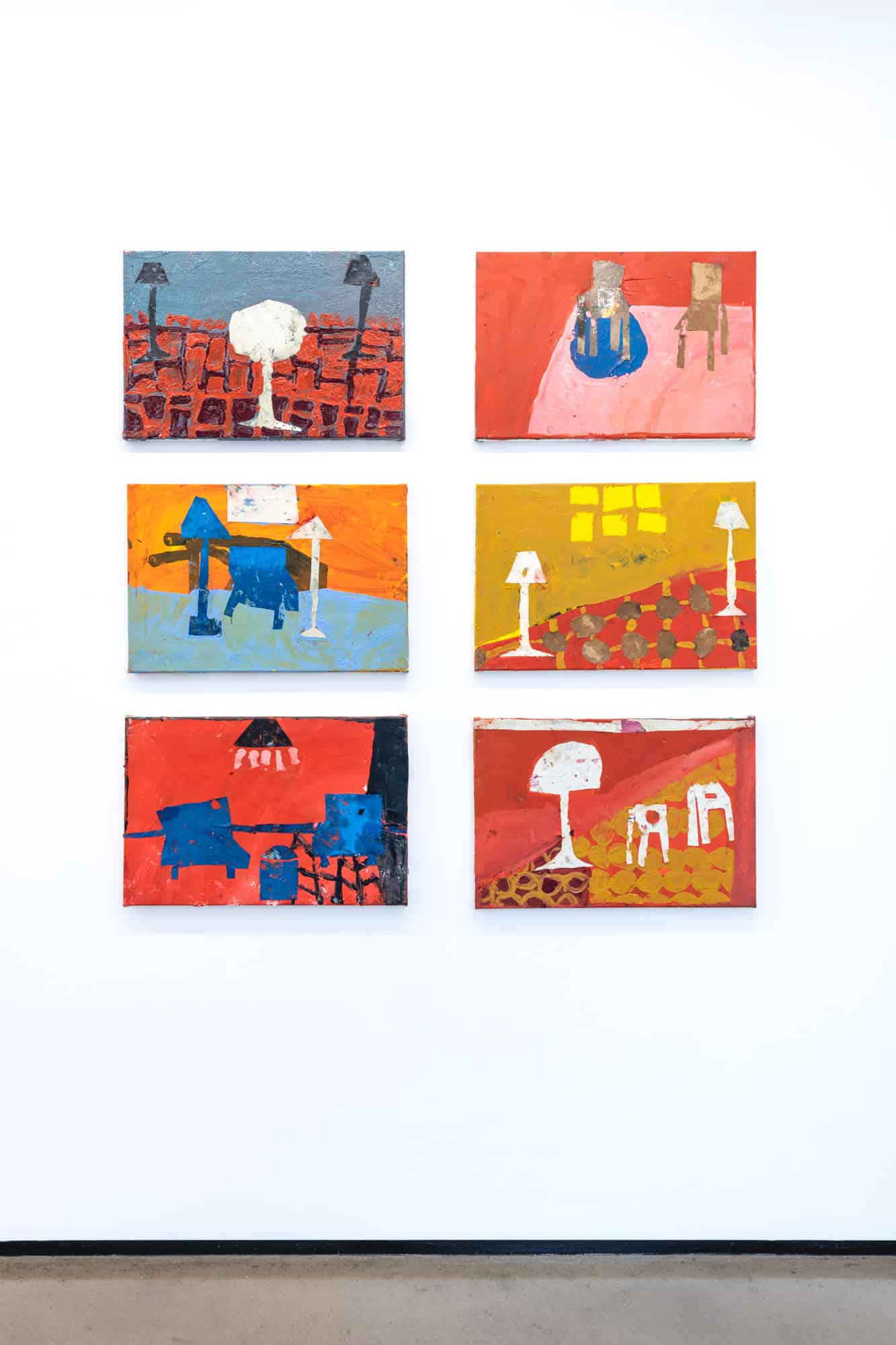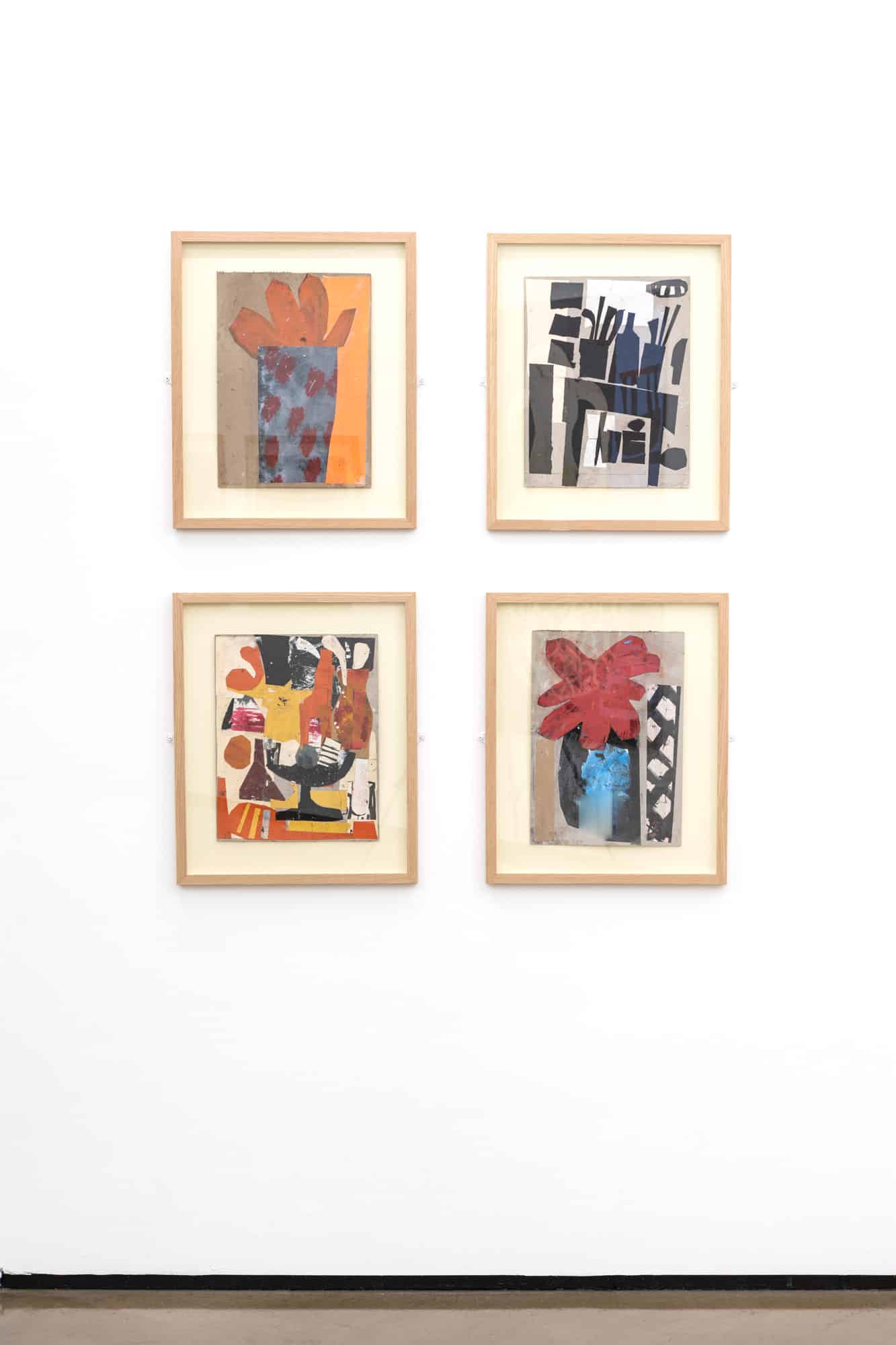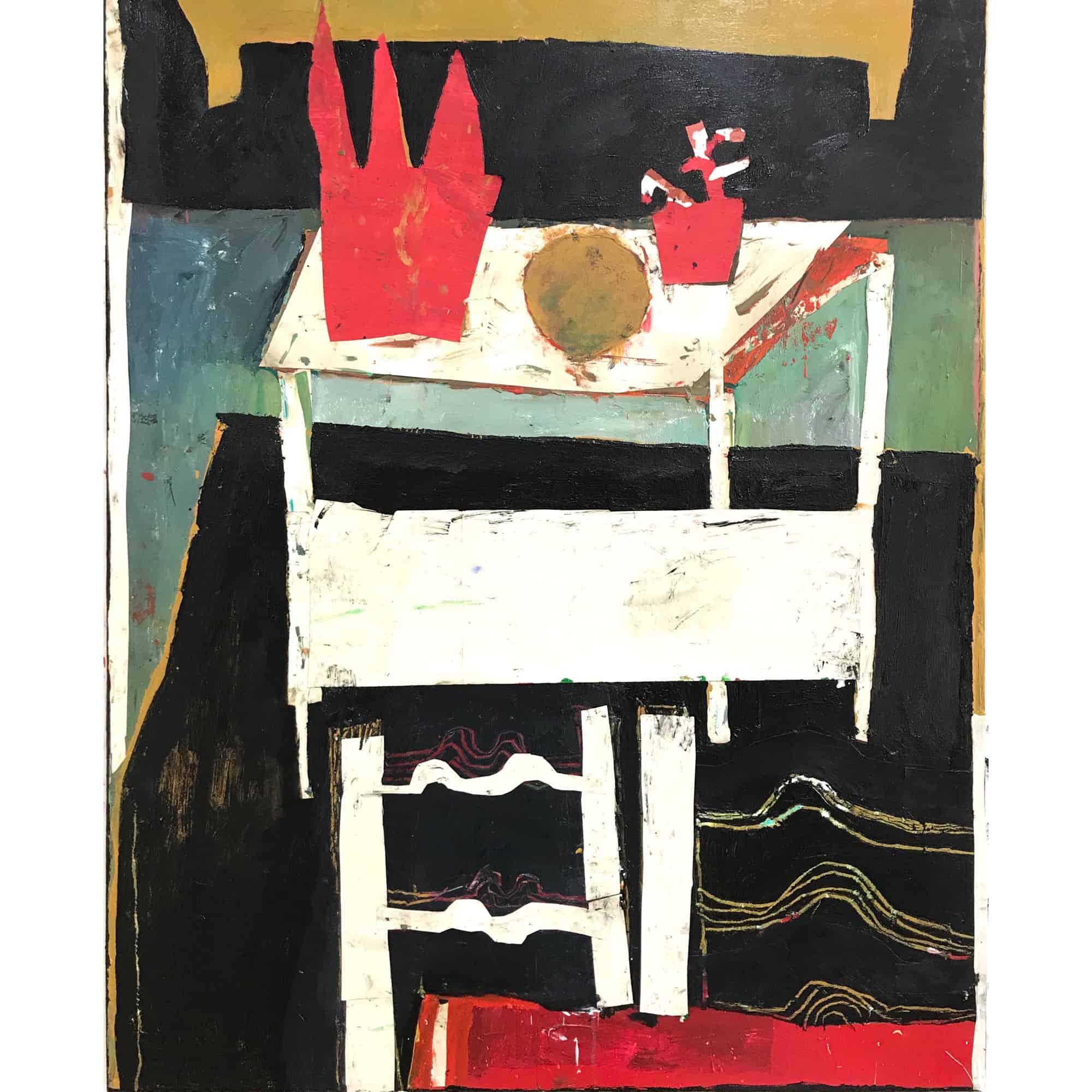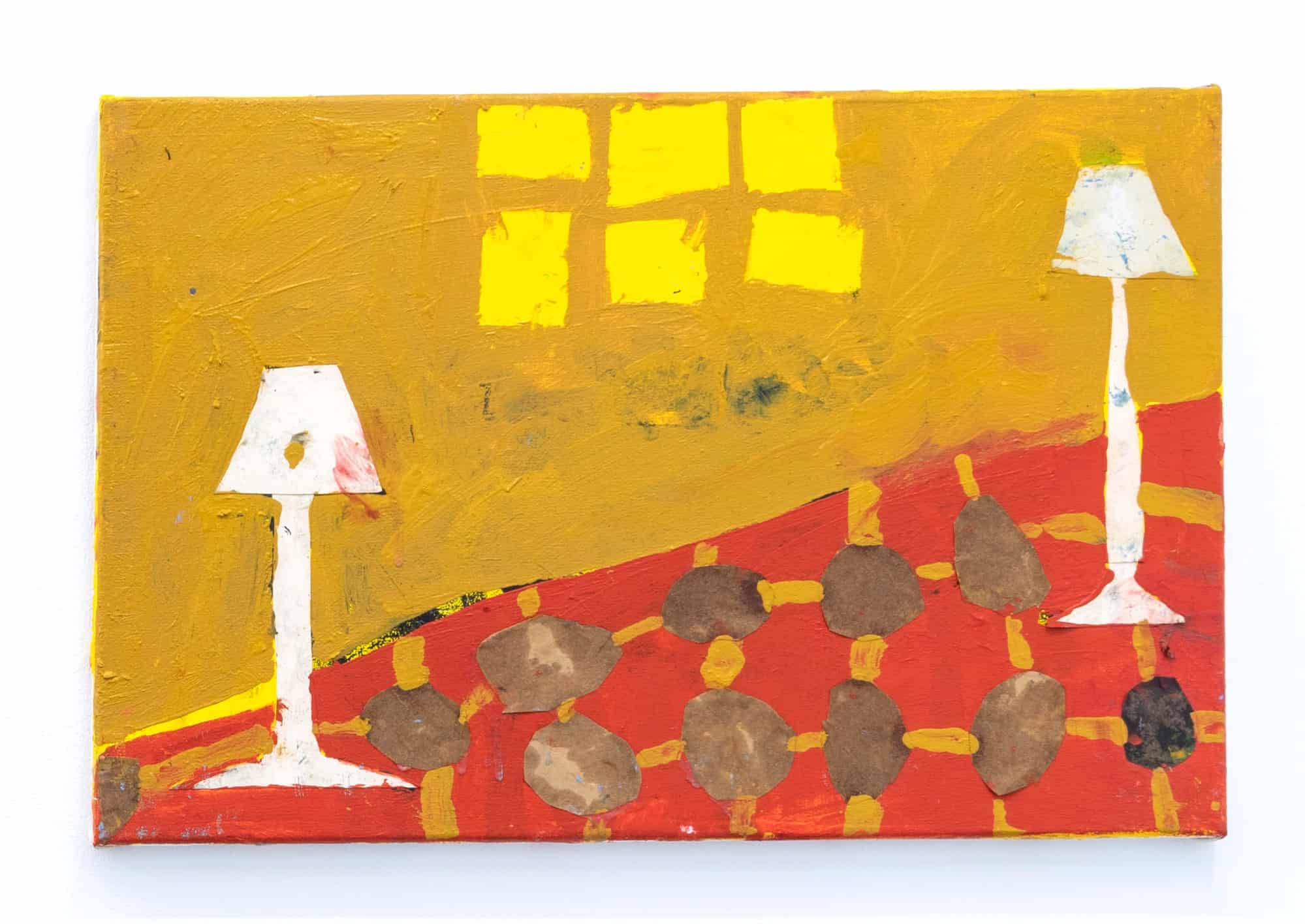Exhibition Dates: 29 Feb. – 28 March 2020
**NOTE: Due to the heightened risk of COVID-19, we have decided to restrict gallery hours to the public beginning March 17, until further notice. We remain available by private appointment pending travel and safety restrictions. Our gallery staff will be working remotely and are available by email and phone during this period.
Additionally, our forthcoming opening scheduled for Friday 3 April (Jan Sebastian Koch: If Mountains Could Sing) has been cancelled; however, the exhibition will be opened as planned from 3 April – 9 May by appointment only unless otherwise notified.
Father and daughter team Mick and Florence Hutchings have created a small tidal wave throughout the London – and international painting scene. Mick, a stalwart of the London painting scene for years, in a sense paved the way for his daughter, recent Slade School of Fine Art alum Florence, who – after being collected by Saatchi and other major international collections, has become a rising figure in the international art community.
Together, their works create an impressive dialogue about relationships, techniques, and interests. Both Florence and Mick prioritize a process that involves paint, collage and drawing; both elevate the domesticity of their surroundings by painting that which is familiar to them: their studios, their homes, their seemingly insignificant surroundings. Perhaps what most evidently distinguishes the two is their unbridled use of collage – building layers and narrative through material, and shaping the canvas in a rudimentary yet telling way: a bit of paper suggests a bowl, a hunk of canvas alludes to a vase, a random scrap of wood becomes a flower petal. Just as Clement Greenberg states about Cézanne* painting the ‘essence’ of an orange in his seminal 1951 essay, aptly titled “Cézanne”, both Hutchings’ are interested in capturing the ‘idea’ of an object, as opposed to recording it as a real object at a place in time. He writes:
To accommodate the weightless, flattened shapes produced by the flat touches of Impressionist colour […he gave] them the quality of cardboard silhouettes… It also meant suppressing the texture, the smoothness or roughness, the hardness or softness, the tactile associations with surfaces; it meant seeing [as] spatial composition… The end in view was sculptural.
Just as Cézanne flattened all aspects to create an effective spatial composition, so too do father and daughter in utilizing collage as an improvisational device – a problem-solving application that informs, shapes, and cues the compositional plane through a playful and investigative process.
An obsession with other art is also an underlying aspect of what is vital to both artists. A shared love of Picasso, Braque, Matisse, The St Ives group, Gillian Ayres, Roy Oxlade, Rose Wylie, Tal R and Eddie Martinez all serve as influences in their work. Unsurprisingly, they also find inspiration from outsider and children’s art, where articulations are reduced to give suggestions – as shadows play across a planar wall throughout the afternoon. In a sense – is this not precisely artists from Van Gogh (painting hay-stacks) to the aforementioned The St Ives Group concerned themselves with?
Together, there is an interesting dialogue between Florence and Mick as related but different artists, linked through familial bonds, artistic interest, and style, but as two separate artists with distinct and individual practices. After her sell-out (one-week) show at Beers London in the 2019 Summer Marathon**, Florence and her father show together at Beers London for the first time. The show is tellingly titled A Kindred Spirit.
https://monoskop.org/images/1/12/Greenberg_Clement_Art_and_Culture_Critical_Essays_1965.pdf
*Or similarly, refer to the essay Chuck Close writes about Andrew Wyeth capturing the ‘essence’ of grass in Cristina’s Farm.
**7 artists were selected to present week-long solo shows over the summer months; this format will return in 2020 beginning in July.




































